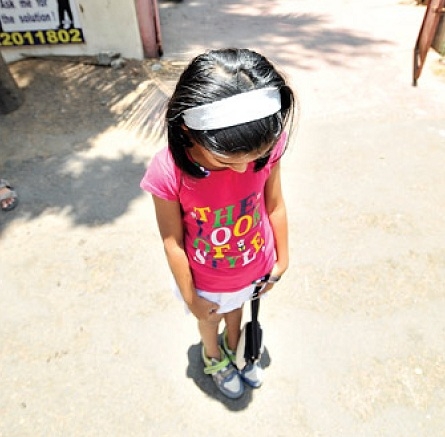Zero Shadow Day: When your shadow leaves you
| Date :24-May-2020 |

Staff Reporter :
Zero Shadow Day from May 24 to 28 in Nagpur district
Nagpur district and its tehsils will observe Zero Shadow Day from May 24 to 28. According to Suresh Chopne of Sky Watch Group in Chandrapur, “The entire Maharashtra state observes Zero Shadow days from May 3 to 31 in different places. The tehsils like Bhivapur and Umred will observe Zero Shadow day on May 24 and this phenomenon could be witnessed at 12.08 and 12.09 in noon respectively in both these places. Zero shadow could be witnessed in Kuhi (12.09), Hingana (12.12) and Butibori (12.11) on May 25. Similarly, Nagpur city (12.10), Kamptee (12.10), Kalmeshwar (12.11) would observe the phenomenon on May 26. Zero Shadow could be witnessed in Mauda (12.09), Ramtek (12.10), parseoni (12.10), Saoner (12.11) and Katol (12.13) on May 27. Zero Shadow day in Narkhed tehsil would be observed on May 18 at 12.13 pm.”
Chopne explained, “For nearly a minute today, the Sun will be exactly overhead at noon and will not cast a shadow of an object on the ground. This will be observed at 12.10pm. The lack of shadow is beautiful too. And it happens twice a year, for places between +23.5 and -23.5 degrees latitude. The Sun is almost never exactly overhead at noon, but usually transits a bit lower in altitude, a bit to the north or a bit to the south. We have all studied in school that the Earth's rotation axis is inclined at 23.5 degrees to the plane of its revolution around the Sun, which is why we have seasons.
This also means that the Sun, in its highest point of the day, will move from 23.5 degrees south of the celestial equator to 23.5 degrees north of the equator (Uttarayan), and back again (Dakshinayan), in a year. Of course, the northern most and southern most points are the two solstices, and the crossing of the Sun across the equator are the two equinoxes.”
“For people living between +23.5 and -23.5 degrees latitude, the Sun’s declination will be equal to their latitude twice - once during Uttarayan and once during Dakshinayan. On these two days, the Sun will be exactly overhead at noon and will not cast a shadow of an object on the ground. This time, it will clearly be different for different places on earth,” he added.
